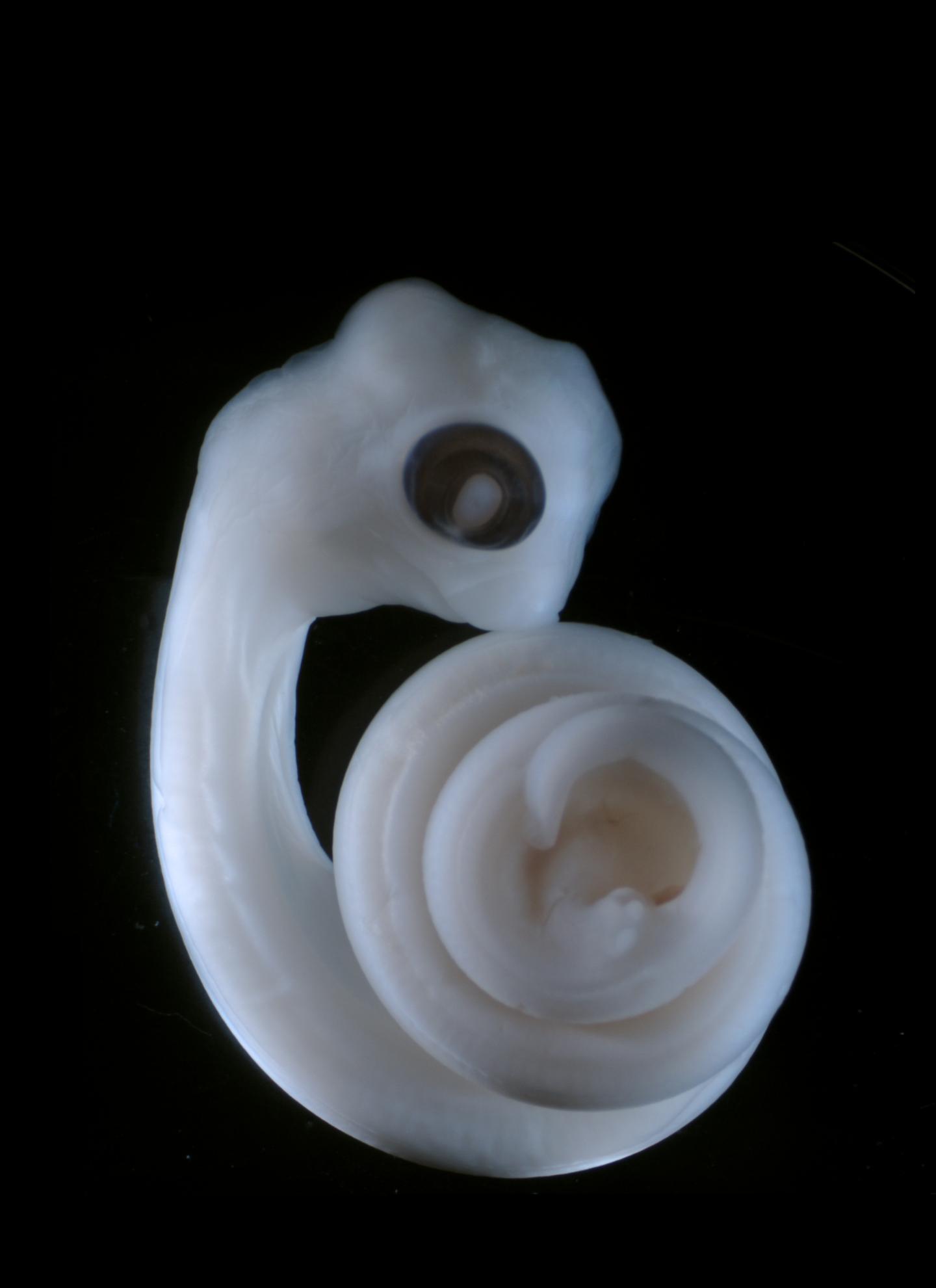How Sex Organs Get Their Start

If you turn over a mouse and a snake to look for their sex organs, you'd likely gain an appreciation for the diversity of genitalia in the animal world. Down near their tails, male mice have penises studded with tiny spines, and female mice have vaginas. But male snakes have a pair of penises, called hemipenes, closer to the middle of their body, and during sex, they insert one into the female's all-purpose opening.
There's a good reason why you'd find the sex organs in different spots on a mouse and a snake, according to a new study. During early development, snake genitals actually arise from the vestigial tissue that would have given rise to their hind legs. (Snakes lost their limbs a long time ago during the course of evolution.) Meanwhile, the genital tubercle in mammals — the part that will eventually become either a penis or a clitoris — derives from the tail bud tissue.
The findings, which were published today (Nov. 5) in the journal Nature, shed light on how external genitals arose from these very different starting tissues for reptiles and mammals. [The 7 Weirdest Animal Penises]
"There's always been a suggestion that limbs and genitalia might have co-evolved," said Patrick Tschopp, a postdoctoral researcher at Harvard Medical School, who led the study. "When animals made the move toward dry environments, two things had to change."
First, the earliest animals to crawl onto land hundreds of millions of years ago had to evolve limbs from fins so they could get around, Tschopp told Live Science. Second, the creatures had to find a way to protect their eggs and keep them from drying out. They were facing a much more hostile environment, and they could no longer just release their eggs and sperm into the water. Nature's solution was internal fertilization — direct delivery from the male to the female, which required external genitalia.
Tschopp and colleagues decided to trace the lineage of external genitalia in mice, chickens, lizards and snakes. They did this by injecting fluorescent dye to mark the embryonic cloaca, a transient structure that eventually develops into the urinary and gut tracts. In the early stages of development, before the sex of the embryo was even determined, the cloaca was issuing signals that instructed neighboring cells and tissues to form into external genitalia, the researchers found. For snakes and reptiles, the cloaca is located near the hind limbs, so the genitals start developing there. For mice and birds, the cloaca is located near the tail bud, and that's where the genitals end up.
The researchers then put their findings to the test in a lab experiment. They artificially misplaced the cloaca in a chicken embryo so that it would be closer to the position of the cloaca in a snake or reptile. Accordingly, the surrounding cells started responding as if they were genitals.
Sign up for the Live Science daily newsletter now
Get the world’s most fascinating discoveries delivered straight to your inbox.
"It fits into a general pattern that was known already, of very rapid and diverse evolution of genitals," said Menno Schilthuizen, a biologist at the Naturalis Biodiversity Center in the Netherlands, who was not involved in the study.
In many species, different organs are co-opted for sex, and the shape and function of those organs can evolve very quickly. For example, though they may be small, mites have a big variety of ways to transfer sperm, Schilthuizen said. Some have developed penises. But others use their jaws to hand off sperm to their mates. Some mites simply produce a sperm package and just leave it on the floor for the female to take at her leisure.
"We know a lot, of course, about the organs themselves and how they look and how they change shape during evolution," said Schilthuizen, who recently wrote a book about genital evolution called "Nature's Nether Regions" (Viking, 2014). "We don't know a lot about the developmental pathways that they follow."
This study, Schilthuizen said, actually maps out the way different cell types become genitals.
The study authors said their findings also illustrate an example of "deep homology" in evolution.
"A structure found in two different organisms is 'homologous' if the structure was inherited from a common ancestor that had a version of that structure," said study researcher Clifford Tabin, a professor of genetics at Harvard Medical School.
Traditionally, body parts are only viewed as "homologous" if they were inherited from a common ancestor. For example, a bat wing, a whale flipper and a human hand are homologous, because they all derive from the same forelimb of a common ancestor, Tabin explained in an email. The external genitalia of mammals and reptiles evolved separately, so they are not homologous. However, they do seem to share an ancestral set of molecular signals and responses, suggesting they have a "deep homology" at the genetic level.
Follow Megan Gannon on Twitter and Google+. Follow us @livescience, Facebook& Google+. Original article on Live Science.










